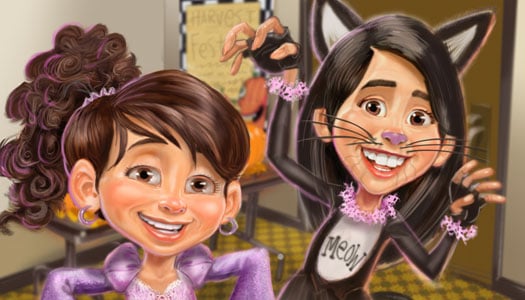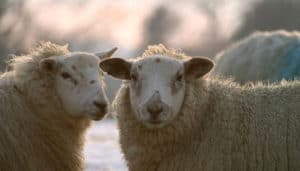The October code is no joke. Here it is again:
 |
How It Works
Each clown’s hair color is worth a specific number of points: red = 0; orange = 1; yellow = 2; green = 3; blue = 4; purple = 5.
Each clown’s nose color is also worth points: red = 0; orange = 6; yellow = 12; green = 18; blue = 24; purple = 30.
Add the hair color and the nose color points together, then convert the total to a letter using basic substitution (A = 1, B = 2… Z = 26).
Here is the whole alphabet:
|
|
Hair Color |
||||||
|
|
Red |
Orange |
Yellow |
Green |
Blue |
Purple |
|
|
Nose/Hat |
Red |
|
A |
B |
C |
D |
E |
|
Orange |
F |
G |
H |
I |
J |
K |
|
|
Yellow |
L |
M |
N |
O |
P |
Q |
|
|
Green |
R |
S |
T |
U |
V |
W |
|
|
Blue |
X |
Y |
Z |
|
|
|
|
Coolness!
The first candy was created by simply boiling sugarcane juice into sugar crystals. Before that, most cultures used honey for a sweetener. Because sugar was so rare, candy was considered a luxury only for the wealthy. It was also used as medicine to help with digestive problems.
In 1847, all that changed when the candy press was invented, allowing shop owners to quickly create large amounts of candy in various shapes and sizes—for low prices. Soon candy was for everyone, and “penny candy” became the first sellable item that children bought with their own hard-earned money. In fact, it became so popular that many stores relied upon children’s purchases to stay in business!
Look for a new code in the next issue of Clubhouse magazine.













